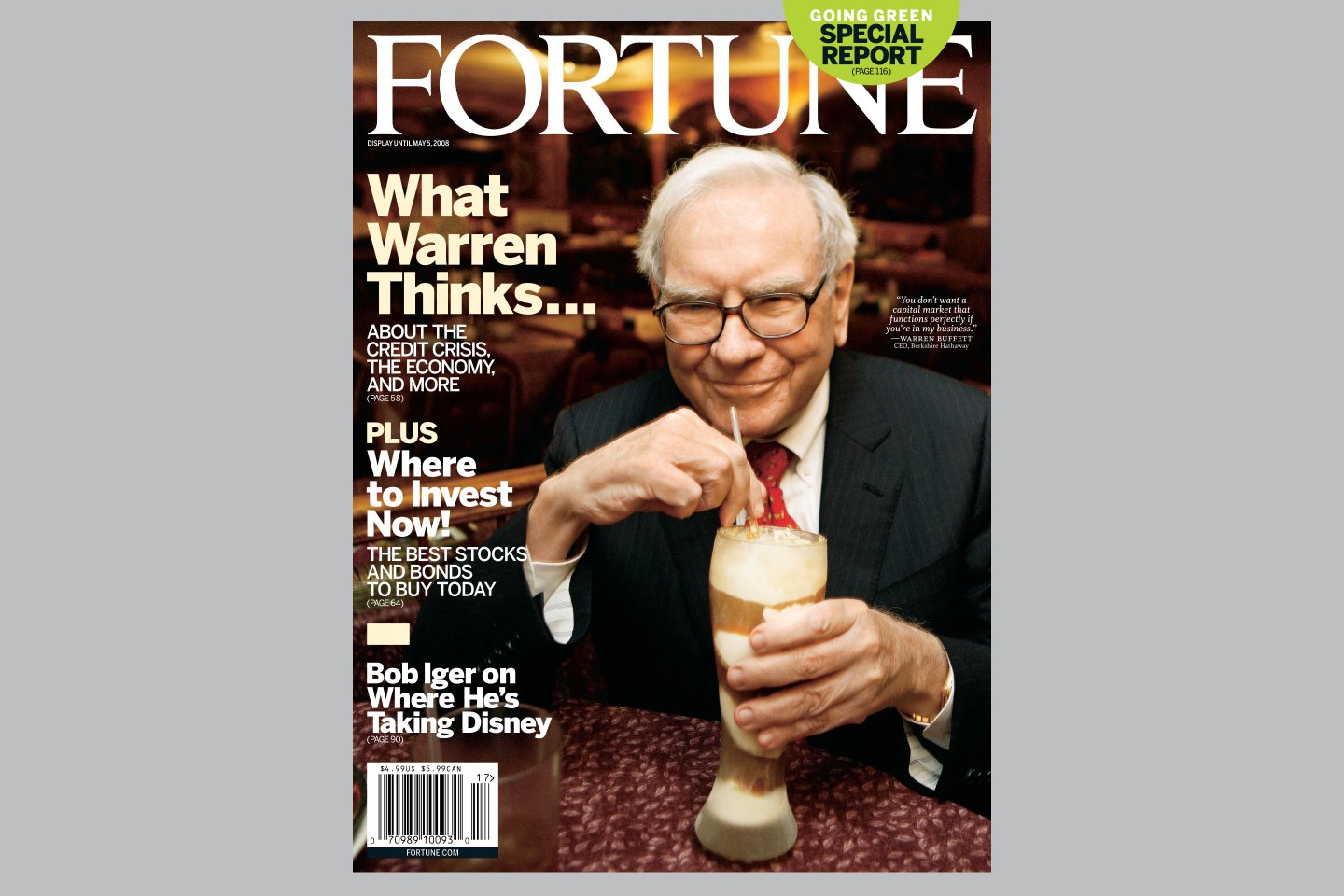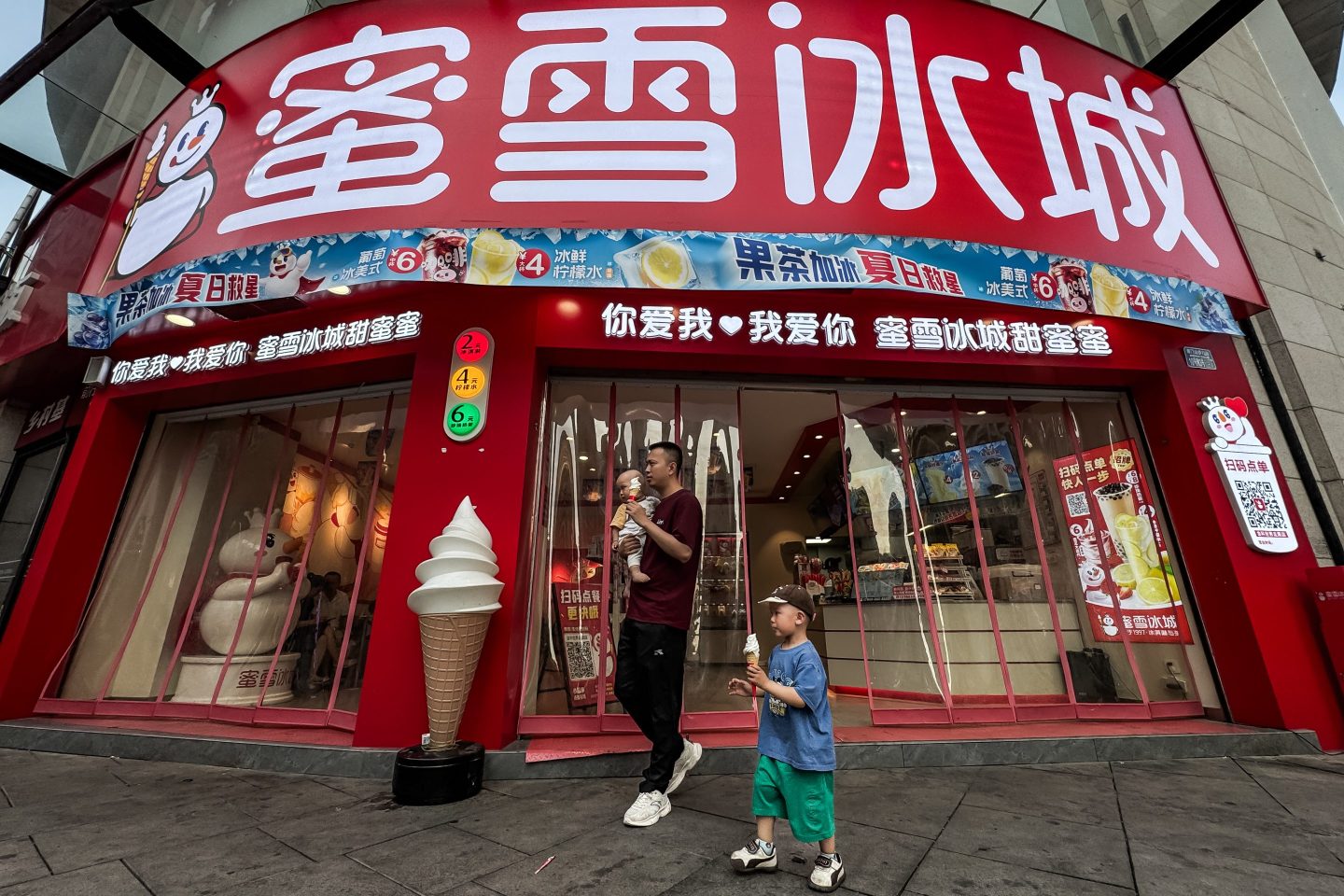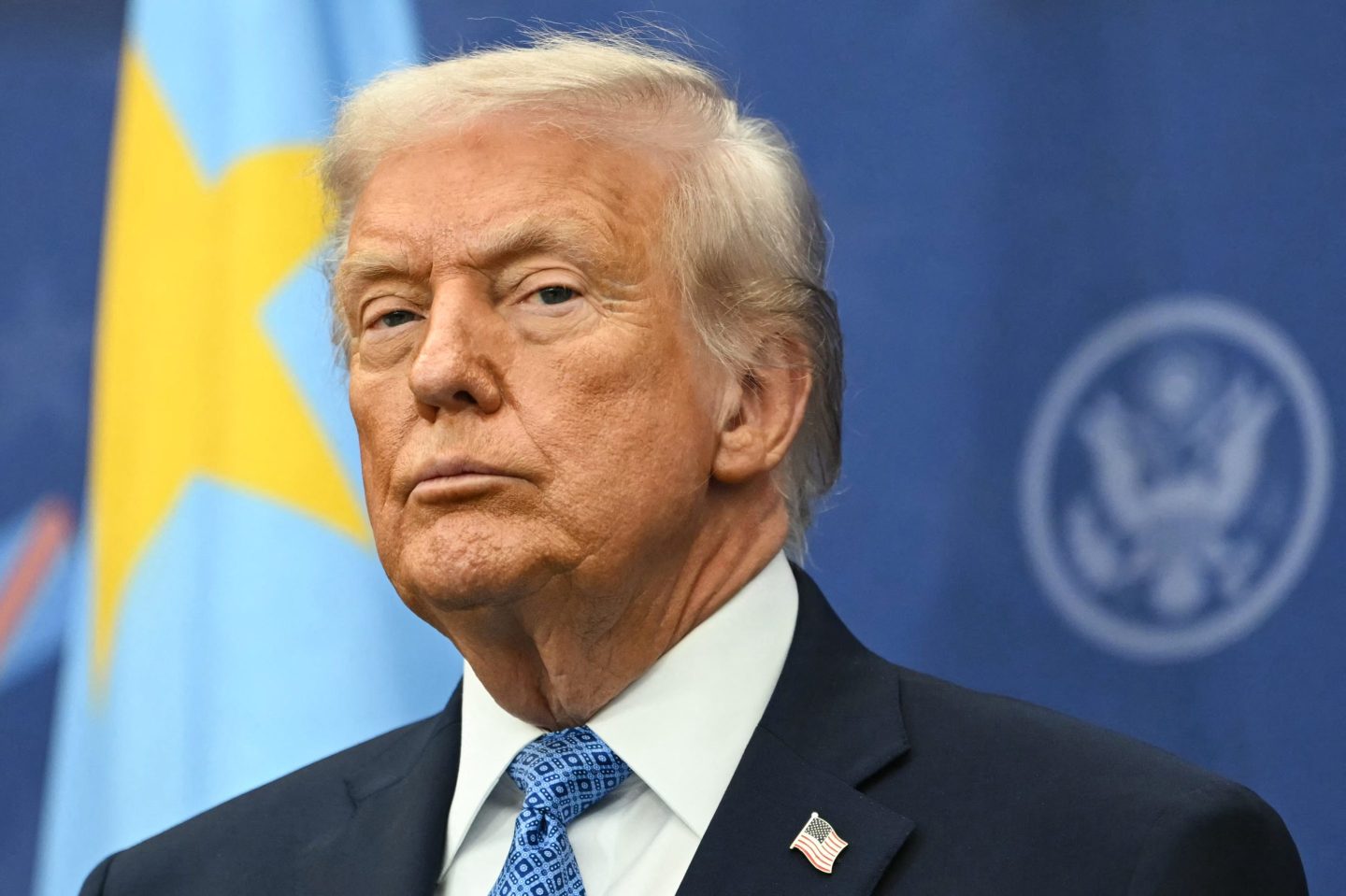In the tasting room of a Bordeaux winery, a photo on the wall shows a pastoral tableau: three generations of the Dubois family, sipping wine on the patio of their Les Bertrands château, with their Australian shepherd, Namek, perched at their feet. Out the window, chestnut trees sway in the breeze, with sunlit vines stretching for acres beyond.
It’s this mesmerizing serenity that draws millions of tourists to southwest France every year to revel in the craftsmanship and lifestyle that have made Bordeaux an icon of the $515 billion global wine industry. Last year, the region produced 484 million bottles, about 14% of France’s output; according to the Bordeaux Wine Council, every 15 seconds, somewhere in the world, someone buys a bottle of Bordeaux.
But the idyllic calm is deceptive. Amid the old stone villages and winding gravel roads, winemakers are reeling from a multitude of problems that feel largely out of their control—from geopolitics and trade tensions to the changing tastes of younger consumers. Traveling through Bordeaux, one thing seems clear: It will take more than the traditional Christmas spike in wine sales to turn things around. “The crisis is very strong,” says Laurent Dubois, 57, sipping espresso, not wine, one morning in the tasting room during a break in the harvest. “We have never seen this.”
Until recently, Dubois believed his business had faced every imaginable challenge. He is the ninth generation to run Château Les Bertrands, which his ancestor François founded in 1692, in the village of Reignac; his family tree is displayed prominently on one wall, and his son Amaury, 31, has just joined the business as the 10th generation. The family has cultivated vines here through the French Revolution, the Great Depression, and occupation by the Nazis, who moored U‑boats on the nearby coast, commandeered wineries, and cleaned out the cellars.
But the threats this time might be more existential. Global wine sales and production are at their lowest levels in more than 60 years, according to the Paris-based International Organization of Vine and Wine (or OIV), which publishes the industry’s benchmark data. Unveiling the 2024 figures this spring, OIV statistics chief Giorgio Delgrosso warned that the trend was the result not only of current economic and political pressures but also “structural, long-term factors.” While 2025 data has not yet been compiled, the organization is bracing for more disappointment.
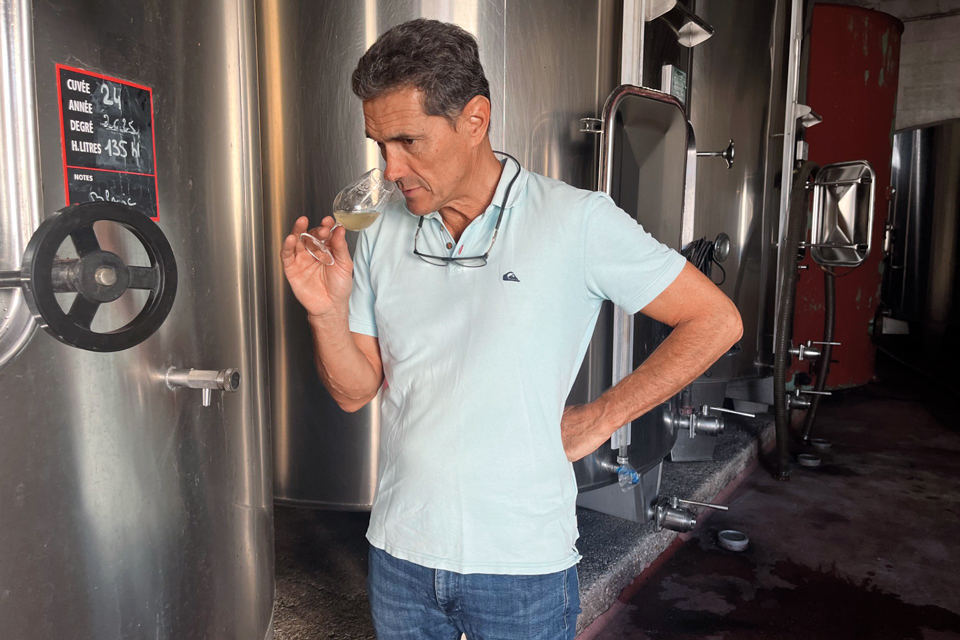
Since 2019, wine-drinking worldwide has dropped about 12%; it has fallen even further in the U.S., the world’s biggest wine market and Bordeaux’s single biggest export market. Just 54% of American adults now drink alcohol—the lowest rate in 90 years, according to a recent Gallup poll. Even the French, who drink more wine than anyone else in Europe, are consuming 4.9% less than they did in 2000, and France’s professional winemakers association projects that consumption could fall another 20% over the next decade.
In areas like Bordeaux, where the backbone of the wine industry comprises hundreds of small, family-owned châteaux, rather than big, diversified corporations, these trends feel particularly destabilizing: Bound by tradition and lacking in scale, it’s difficult for these winemakers to pivot quickly to new strategies. They’re grappling with an unfamiliar question: Is a full comeback even feasible, or will they need to permanently overhaul their business models? Families like the Duboises are under pressure to future-proof their companies—and there’s no telling how soon any solution could take root.
Among the many challenges analysts point to, the one that seems most worrying is this: Younger consumers are making dramatically different choices, just at the age when they’re forming lifelong habits. Consider that until 1981, French kids as young as 14 were served wine with their school lunch—a boon for the industry. But “Gen Z does not drink as much as prior generations,” says Jon Moramarco, managing director of alcohol consultancy BW166 in Broomfield, Colo.
Wooing new young oenophiles has proved intensely difficult, especially since COVID hit in 2020 and shut bars and restaurants for months. Many younger adults went out far less frequently after venues reopened—their shrinking incomes have not helped. When Gen Zers do opt for alcohol, studies show that they prefer cocktails, canned hard seltzers, and more exotic, affordable wines from Latin America and even China over traditional vintages like Bordeaux.
Gen Z also tends to skew more health-conscious, and many are heeding new warnings against even moderate drinking. The industry faces challenges from the other end of the demographic spectrum, too, as the global population ages. “People over 65 drink about 20% less than people between 50 and 65,” Moramarco says.
If abstinence was winemakers’ only challenge, it might be manageable: In Bordeaux, vintners have launched hundreds of zero-alcohol wines, and Bordeaux city even has a new alcohol-free wine bar.
“We will produce only the quantity we sell.”
Laurent Dubois, Owner, Château Les Bertrands
But trade conflicts are also aggravating the downturn. After Vladimir Putin invaded Ukraine in 2022, the European Union banned the sale in Russia of high-end wines worth more than €300 a bottle. Last year, EU wine exports to the country sank to the lowest level in 20 years; French wine accounts for about half of those exports.
Then came trouble from across the Atlantic. The dollar has dropped in value by about 12% against the euro since President Trump—America’s teetotaler-in-chief—returned to the White House. That makes French wines far more expensive in American stores and restaurants. The weak greenback has hit especially hard in Bordeaux. Its wineries shipped 30 million bottles to the U.S. in the 12 months leading to September, earning about 430 million euros (about $500 million). But in dollar terms, Bordeaux sales in the U.S. last year dropped 8.4%, according to French export figures.
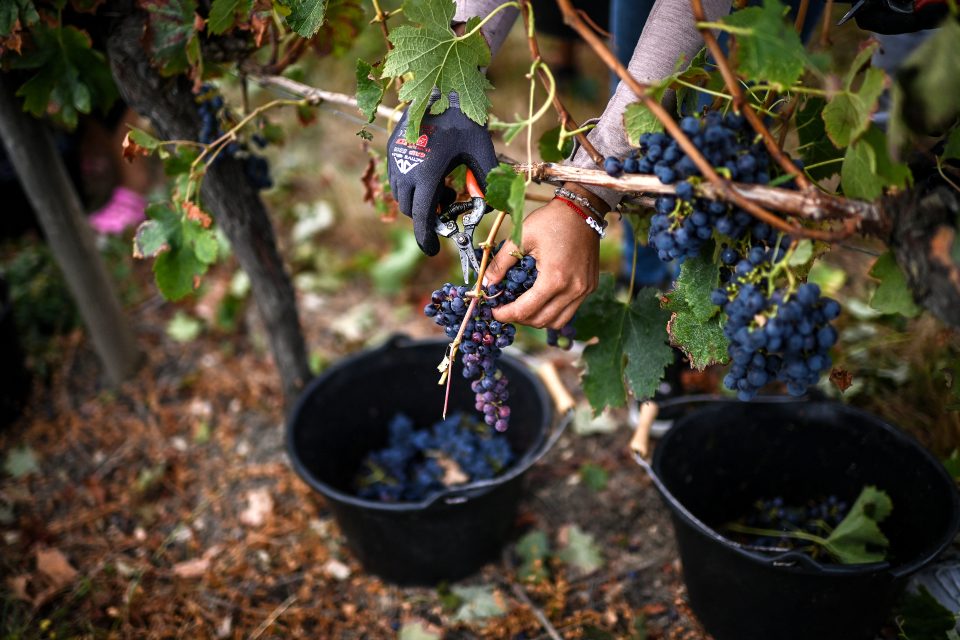
As if all that were not enough, Trump imposed blanket 15% tariffs on EU goods entering the U.S., including alcohol, beginning in August. Though lower than some of the rates he had threatened, the tariffs have still represented a significant burden. The region’s wines range widely in price, from $10 table wine to more exclusive vintages that retail for $1,000 a bottle and up—but the trade duties put wines at all price levels at a competitive disadvantage.
Trump’s tariffs also dealt a blow to the American wine industry, where stores, distributors, and wineries themselves rely on imports from France. (Many U.S. wines are aged in oak barrels made in Cognac, an hour north of Bordeaux.) In April, Manhattan wine importer Victor Schwartz sued the Trump administration—and won—arguing that it was illegal to impose tariffs by using emergency powers. In November, the U.S. Supreme Court heard arguments in a case that could decide the ultimate legal fate of those tariffs. But Schwartz says the damage has already been done to small companies like his; his profits have sunk 60% since the tariff was announced, he told MSNBC TV in September.
In France, of course, the crise is a far hotter political issue. The country’s wine industry is focusing on cutting production to meet the industry’s new reality. The government is seeking €200 million in EU funds to compensate wineries as they shrink. France’s industry organization CNIV, led by Bordeaux winemaker Bernard Farges, advocates ripping out 247,000 acres of French vineyards—about 12.5% of the total—to rightsize output. Farges also wants to overhaul the complex appellation system, in which each small wine-growing area operates independently, thus reducing its marketing and distribution muscle. “We’re all dwarfs,” Farges told visitors at an agricultural fair in Paris. “We need export champions.”
In Bordeaux city one day in September, communications chief Christophe Chateau shows me letters from the council to French President Emmanuel Macron and European Commission President Ursula von der Leyen, urging them to plead the industry’s case directly to Trump. The survival of many Bordeaux wineries, the letter explains, depends on American sales. “We’re telling them: ‘Please, the U.S. is a huge market for us. Please find a solution,’” Chateau says.
For now, winemakers like Laurent Dubois are left to find their own solutions. For centuries-old businesses like his, the choices are stark: reenvisioning the future of a family tradition, or accepting that the wine business might need to shrink significantly.
To Dubois, each choice seems a painful recogni‑ tion that this crisis might be irreversible. He says he plans to increase shipments from Château Les Bertrands to customers in markets where Bordeaux sales are growing fast, like Thailand, Cambodia, and Singapore. He also plans to rip out about one-fifth of his 320 acres of vines over the next two years, lowering output from 800,000 bottles a year to 600,000. And he is rethinking the 50,000 bottles of kosher wine he ships yearly to New York, where demand has dropped as younger generations choose alcohol less steeped in old-world traditions, or no alcohol at all.
After 333 years harvesting vines here, the château is in flux. Dubois says he is studying what else the family can cultivate, including planting olive, fruit, and nut trees. Selling the château is a losing proposition these days. Moving forward, he says, “we will produce only the quantity we sell.”
Drinking problems
Changing habits and trade conflicts have disrupted the economics of the wine industry
+30%
Increase in the price of the average bottle of wine, 2019-2024
-12%
Decline in global wine consumption over the same period
-23%
Decline in French wine production, 2023-24
Source: International Organization of Vine and Wine
This article appears in the December 2025/January 2026 issue of Fortune with the headline “Tariff threats and Gen Z sobriety have put Bordeaux on red alert.”

